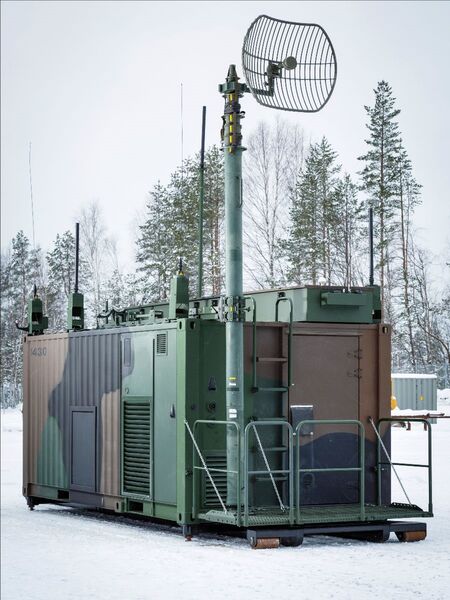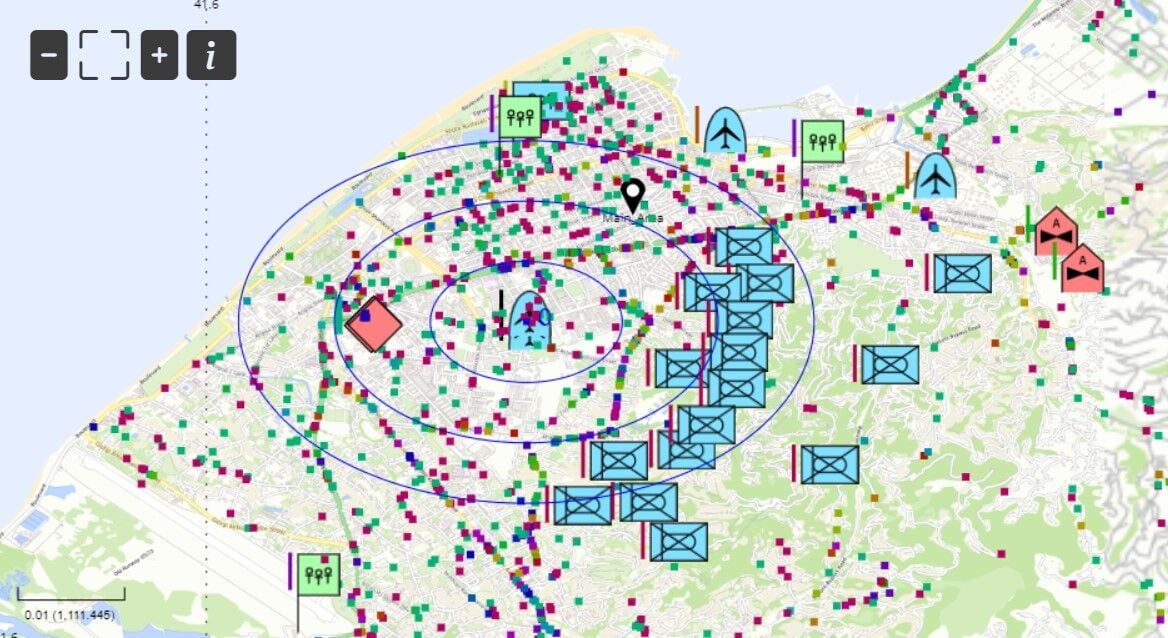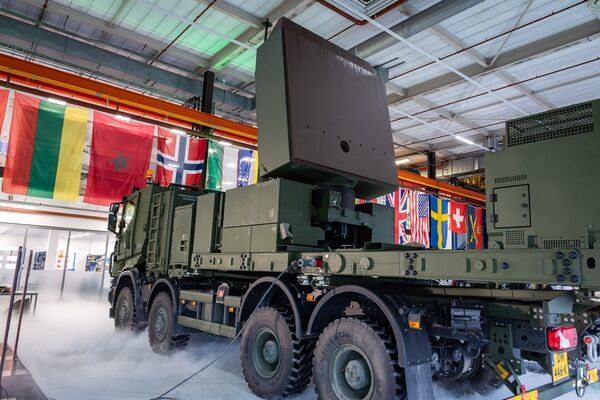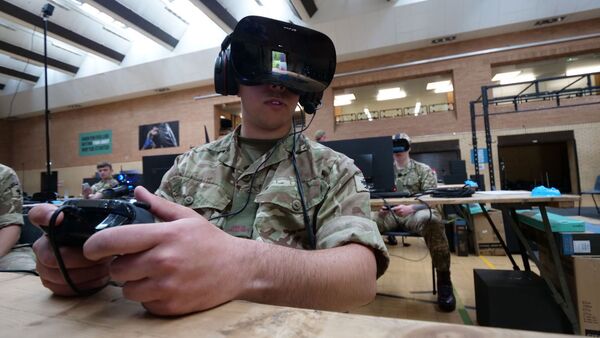- About
- Intara
- Capabilities
- Advisory
- Resources
- News
- Store
Sweden procures tactical communication centres
24 March 2023
by Olivia Savage


Conlog Group has been contracted to deliver communcation posts for the Swedish Armed Forces. Pictured is the company's Communication Station CL-600, with a deployable mast. (Conlog Group)
The Swedish Defence Materiel Administration (FMV) has ordered new containerised tactical communication systems for EUR20 million (USD21.75 million) from Finnish company Conlog Group.
According to a company announcement on 23 March, the contract is for the provision of its Tactical Communications Shelters with Deployable Mast Systems.
Deliveries, intended for the Swedish Armed Forces, are scheduled to begin in 2024 and conclude by 2025.
Conlog Group was unable to elaborate on the systems and units being delivered.
Containerised and mobile, the stations are designed to maintain communications for military users in challenging environments. A 24 m hydraulic deployable mast can lift radars or antennas.
In December 2022, the Finnish Defence Forces ordered containerised communication stations from the company for EUR39.1 million.
Conlog Group is a Finnish-based company that develops modular containers and vehicles intended for intelligence, surveillance, and command purposes.
Hadean, 4C Strategies integrate products to reduce training burden
18 April 2024
by Giles Ebbutt


A screenshot of the Hadean POLI constructive simulation displayed through the 4C Strategies Exonaut training management software. (Hadean)
Hadean and 4C Strategies have successfully integrated a constructive simulation with Exonaut exercise management software, utilising Hadean's spatial computing platform.
The integrated solution, displayed at the International Training Technology Exhibition & Conference (IT²EC) 2024 in London, enabled Hadean's Pattern of Life Indicator (POLI) constructive simulation to be controlled from within 4C Strategies Exonaut software.
Exonaut is widely used in the UK and NATO as an exercise management tool, while constructive simulation is fundamental to effective command and staff training. Integrating the two previously separate functions offers the potential to improve training.
Explaining the integration, Paul Steel, UK military sales director for 4C Strategies, told Janes
Thales to supply Netherlands with seven additional radars
16 April 2024
by Olivia Savage


The Netherlands has ordered seven additional GM200 MM/C radars from Thales after having ordered an initial nine in February 2019. Pictured is the first GM200 MM/C radar being handed over to the Royal Netherlands Army in Hengelo in February 2024. (Dutch MoD/Sgt Maj Gregory Fréni)
The Dutch Command Materiel and IT (COMMIT) procurement authority has ordered seven additional Ground Master 200 Multi-Mission/Compact (GM200 MM/C) radars from Thales.
The contract includes an option for two additional radars, according to a Thales announcement on 15 April.
The GM200 MM/C is a compact mobile radar that can detect, track, and classify a large number of targets including rockets, artillery shells, mortar rounds, unmanned aerial vehicles (UAVs), aircraft, helicopters, and cruise missiles.
For the Royal Netherlands Army (RNLA), the radars will be mounted on Scania Gryphus 8×8 trucks to enable rapid deployment.
A Thales spokesperson was unable to comment to Janes on the delivery timeframes.
This latest contract follows an initial agreement in February 2019 for nine GM200 MM/C radars for EUR100–250 million (USD106–266 million) to replace its legacy TPQ-36 radars. Deliveries are expected to be completed by 2024. In February Janes
IT²EC 2024: Latest version of BISim's VBS4 to feature munition-equipped UAVs
11 April 2024
by Olivia Savage


VBS4 24.1, the latest version of BISim's VBS4 virtual simulation software pictured being used by MoD personnel with commercial-off-the-shelf hardware, is due to be released in May. (Bohemia Interactive Simulations )
The latest version of Bohemia Interactive Simulations' (BISim's) Virtual Battlespace 4 (VBS4) environment will feature munition-equipped unmanned aerial vehicles (UAVs), the company announced at the International Training Technology Exhibition & Conference (IT2EC) 2024 held from 9 to 11 April in London.
VBS4 is a virtual desktop training environment with whole-earth rendering for tactical training, experimentation, and mission rehearsal.
The latest version – VBS4 24.1 – is due to be released by the end of May and will integrate all major gun-tank variants of the T-72 main battle tank and will include a new feature that allows any UAV to drop improvised munitions or have impact-detonating munitions, the company detailed.
Control AI will now also be default in VBS4 24.1, which the company says is a “big step towards removing all legacy ‘game' AI from the product”.
The Swedish Defence Materiel Administration (FMV) has ordered new containerised tactical communicati...
Latest Podcasts
Iran Israel analysis
In this podcast Janes analysts discuss the Iranian attacks on Israel on the 14 April. They highlight the military systems used by Iran and the performance and impact of these on Israel. They also discuss the implications of this attack goi...
Listen nowJanes Case Studies
Using Janes Intara to build a common intelligence picture: Russian build up on the Ukrainian border
View Case StudyNews Categories
 C4ISR Details
C4ISR Details